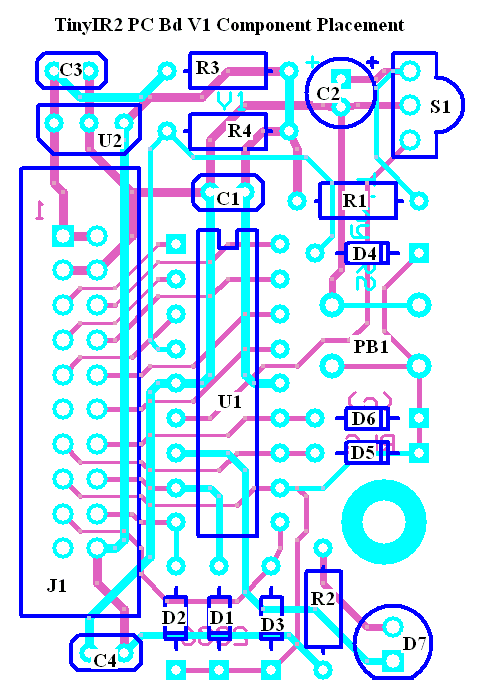Everything should be made as simple as possible, but not simpler.
-Albert Einstein

In previous posts, I have laid out a theoretical defensive set for man-to-man defense. To recapitulate, my D set consists of a flat active mark on the disc (contesting all throws but not overcommiting to a block) with the field defenders forcing their receivers away from the disc (strongly contesting the in-cut).
I believe that the measure of a good defensive strategy is whether or not it can logically generate turnovers on paper. This does not guarantee that a given strategy will work on the field. It does, however, allow us to pre-screen defensive strategies without wasting physical effort on strategies that don't even make sense on paper.
This offense makes perfect sense.
This D strategy gives an offense 2 options:
1. Throw deep hucks because the receivers will seem to have an advantage going deep on the field defenders.
2. Dump the disc continually because the marker cannot take away a lateral pass while maintaining a flat active mark.
So, how will this defensive strategy generate turns?
1. Some teams don't like to throw deep. They will force throws underneath (to in-cuts). The field defenders have a distinct advantage in getting to these throws given their positioning.
The field defenders' advantage will lead to turnovers through interceptions and tipped discs as both receiver and defender race back toward the thrower with the the defender having a one-step advantage at the start.
2. For teams that are willing to throw deep, the flat active mark will bother their throws. The flat mark is designed to take away the deep throw by forcing the thrower to have to make more of a banana throw around the marker rather than being able to throw straight down the field on the open side. Hucks are difficult to complete in the best of circumstances. When the thrower can't huck the disc in the way he's become accustomed to hucking it, he will invariably make more mistakes. There will be a lot of underthrows and a lot of floaty hucks. These will lead to more turnovers.
3. For teams that are willing to dump the disc, they will be forced to play one-on-one with our defensive handler markers and they will have to throw many contested dumps without gaining yards. Although the marker on the disc won't be contesting the dump in the early and middle part of the stall count, by "stall 7" he will have the option of directly contesting the dump. Combine this with the field defender contesting the easy dump and even this situation becomes one in which the defense can generate turnovers.
4. Also, keep in mind that this defensive strategy is based around the notion of anti-flow (keeping the disc in one place in one players hands for long stretches). Even the best offenses become frustrated when they're offense cannot flow. When offenses become frustrated, they start to force throws into spots that they shouldn't. These marginal throws have a higher likelihood of becoming turnovers by definition.

Here's to generating turnovers!
How can this defensive strategy be exploited?
Every defense can be exploited. Given teams of similar skill and athleticism, there is simply no way for a defense to shut down every aspect of an offense's game. Here's how you beat this defense:
1. Dump the disc early in the stall count. If an offense is willing to immediately dump the disc and work up the field in small increments off of these dump passes, then they will beat this defense.
2. Find open hucking opportunities. If an offense is able to quickly move the disc laterally and able to throw quick hucks, then they will beat this defense. The flat active markers cannot be expected to immediately setup perfectly on a thrower who has recently caught the disc. There is always going to be lag with the flat marker's position will not be perfect. During these moments, the field defenders are vulnerable to a well-thrown huck because they will be several steps behind their receivers on a deep cut. If the offense is willing to work for and huck in these spots, then they will beat this defense.

You should definitely practice this before trying it in a game. Most teams at a level you'll play against are more than comfortable hucking constantly. With a step deep they have a lot of space to throw to. And a flat mark won't bother most people's hucks after a fake.
ReplyDeleteIlyas,
ReplyDeleteYou seem to be assuming that the marking defender will buy into fakes because he will interested in a point block. Hopefully, the marking defender understands that his purpose in the defensive strategy is not to get point blocks, but instead to bother throws (specifically hucks).
To me, its an issue of a marker understanding how he fits into the strategy, not an issue of ability.